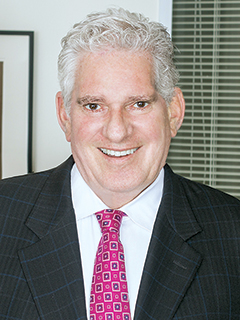
Can a client or patient take pictures of staff sleeping or relaxing on the job, or of his personal belongings?
Whatever the motive of photography, facilities need to be ready to respond to this increased use of cameras to protect the privacy of residents and staff without infringing on their rights. Facilities need to consider privacy laws, such as HIPAA, and their own property rights while contemplating their response to the use of cameras on their property.
Generally, owners of private property are able to prohibit the use of cameras on their property and those who refuse to comply with the prohibition would be subject to trespass laws. Further, private property owners could assert an ownership interest in pictures and videos captured on their property. With this, facilities could limit the dissemination of the photos, or retain a right to review all photos captured on the property.
Long-term care facilities typically have these property rights. Facilities that opt to prohibit camera usage, or opt to assert ownership of pictures or videos, need to have a policy in place that formalizes this choice. Importantly, this policy will need to be com-municated, directly or through signage, to residents, their visitors, and staff.
Long-term care facilities should also determine if their home state has enacted a law that permits residents to use video monitoring equipment in their own room. A handful of states have passed such laws. These laws are meant to protect residents and their possessions from potential harm and increase caregiver accountability. The general right to prohibit photography or videography on private property would be limited to the extent pro- scribed in the law.
Long-term care facilities should be aware of their ability to restrict camera usage.
Please send your legal questions to John Durso at [email protected].
From the February 01, 2018 Issue of McKnight's Long-Term Care News




